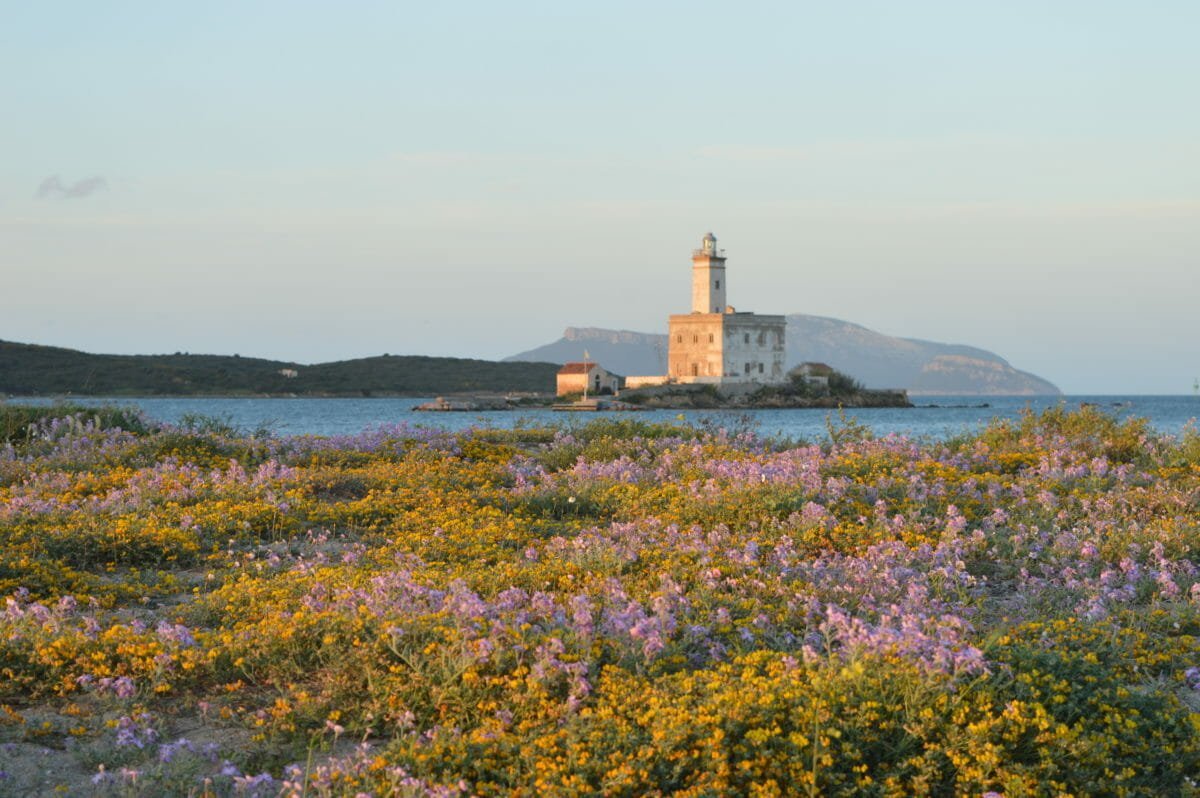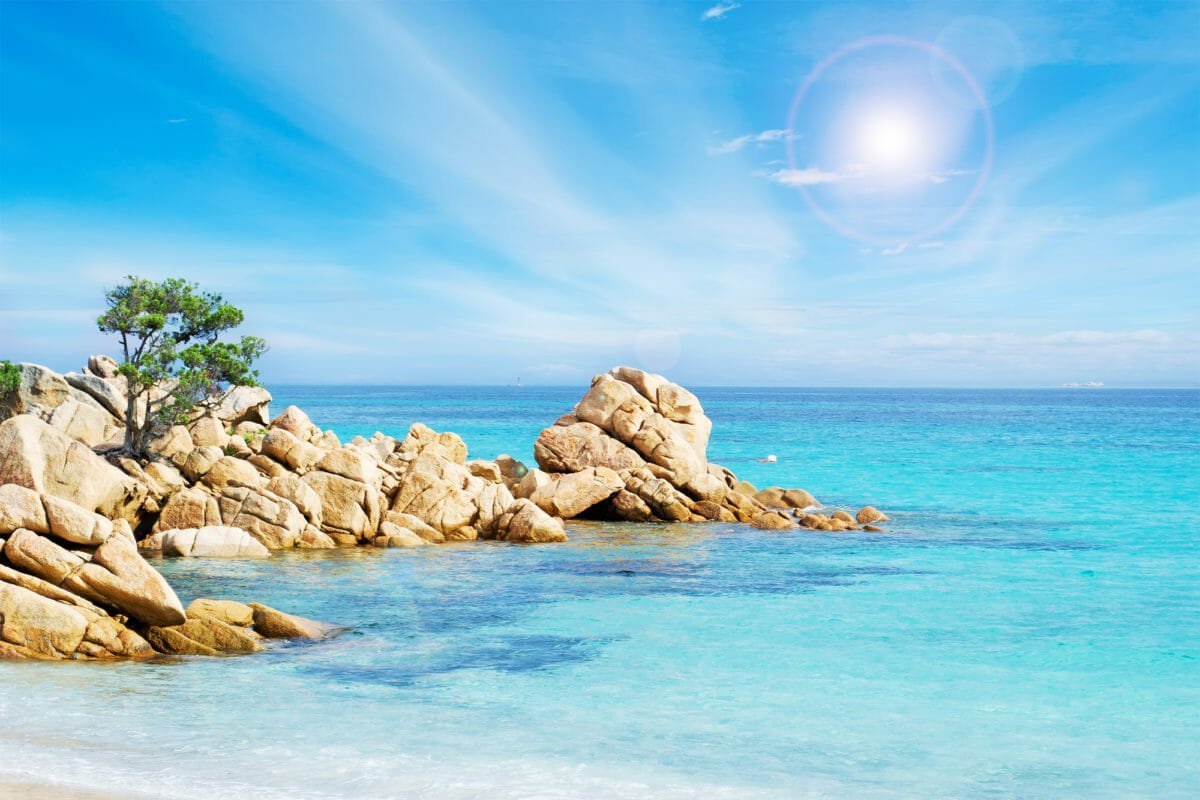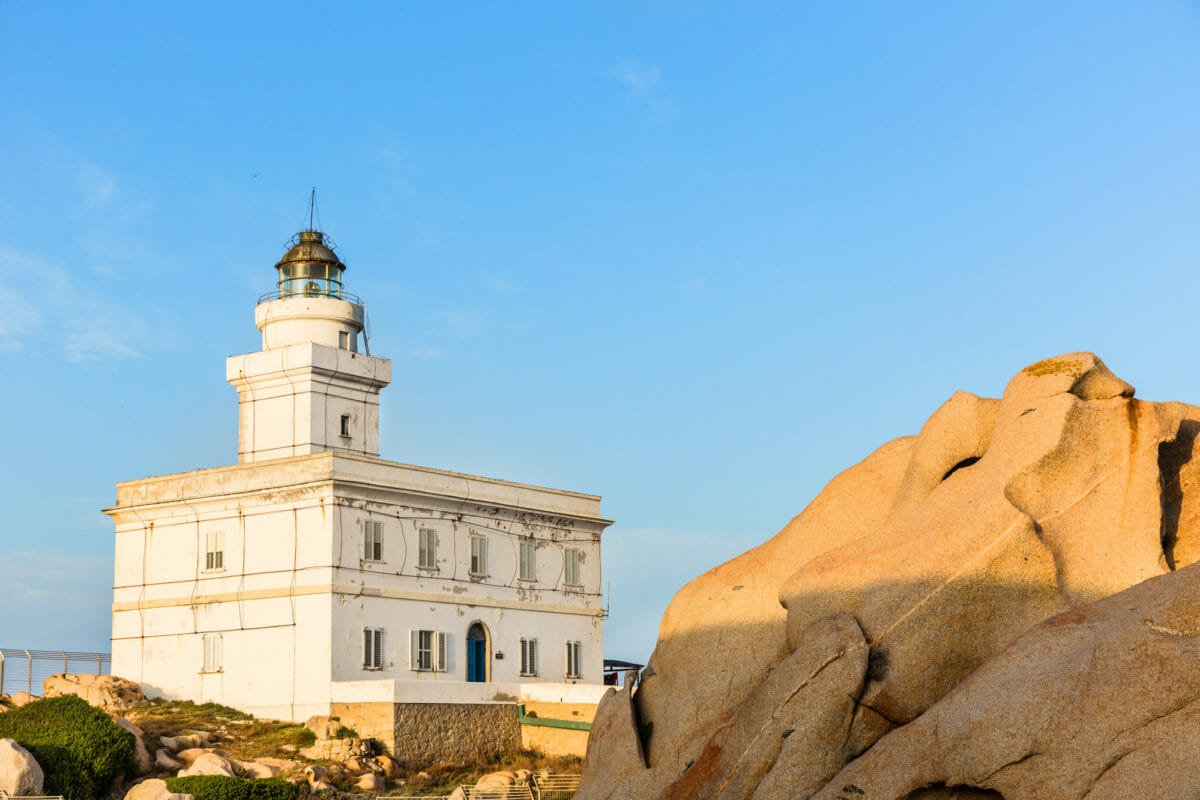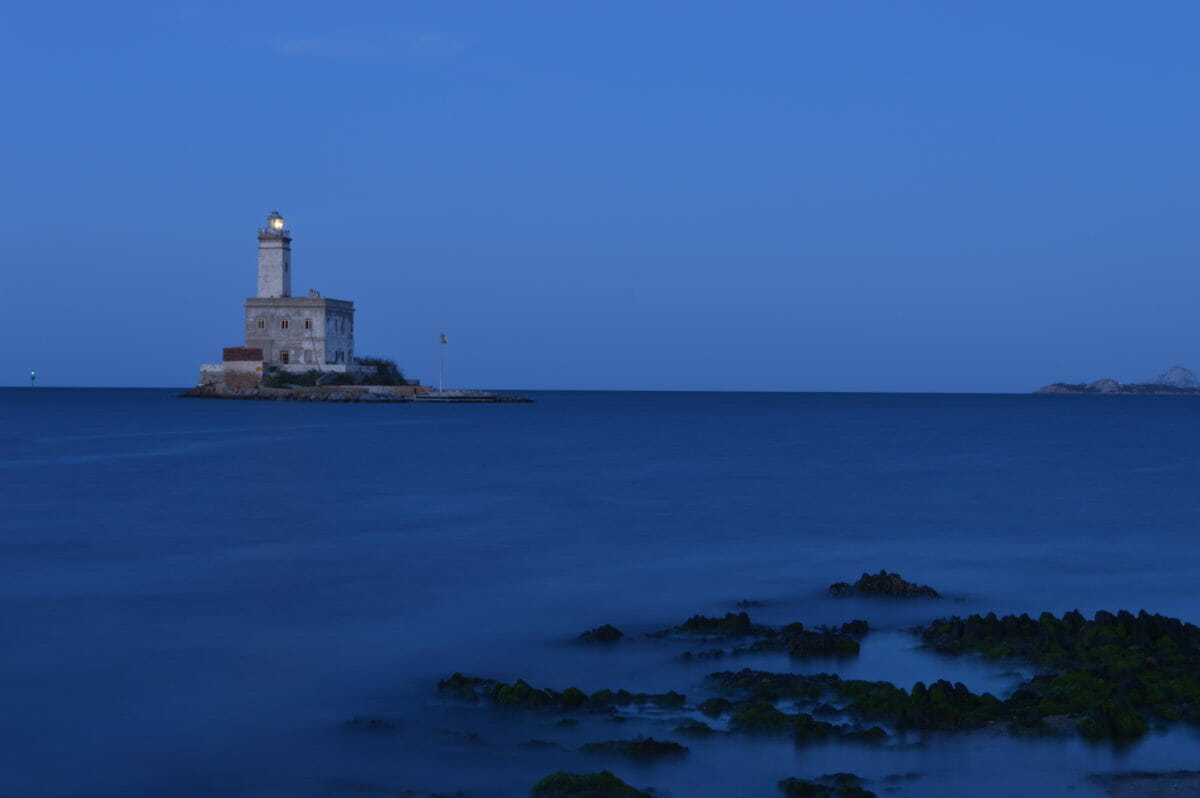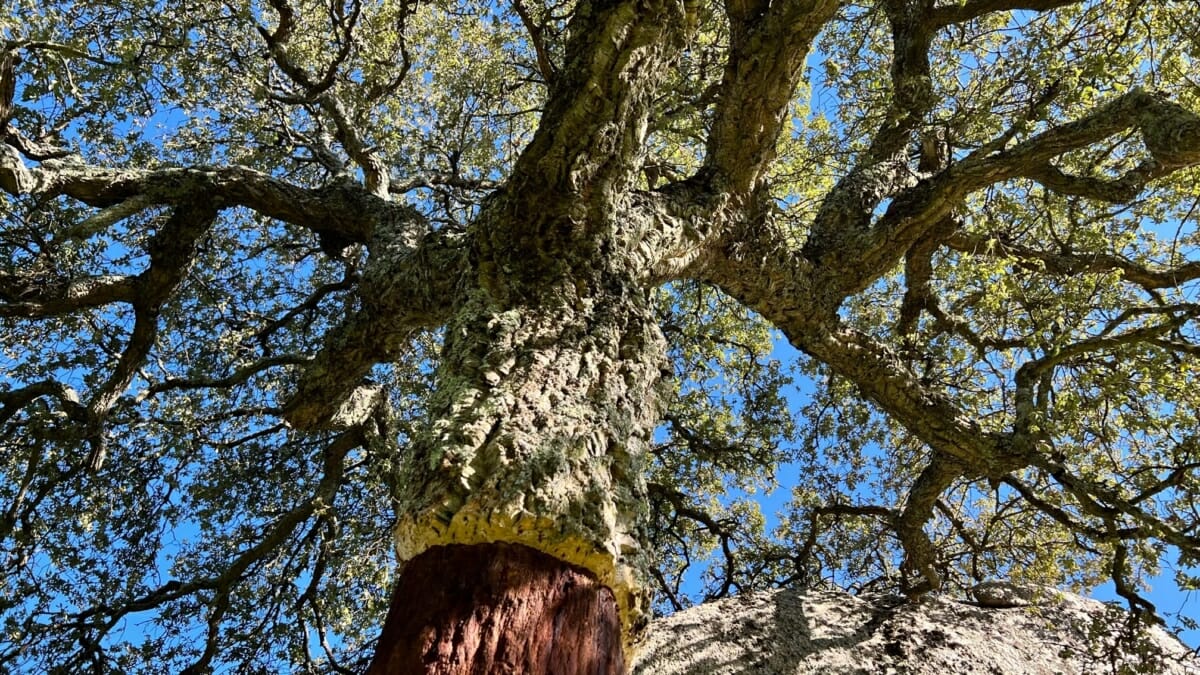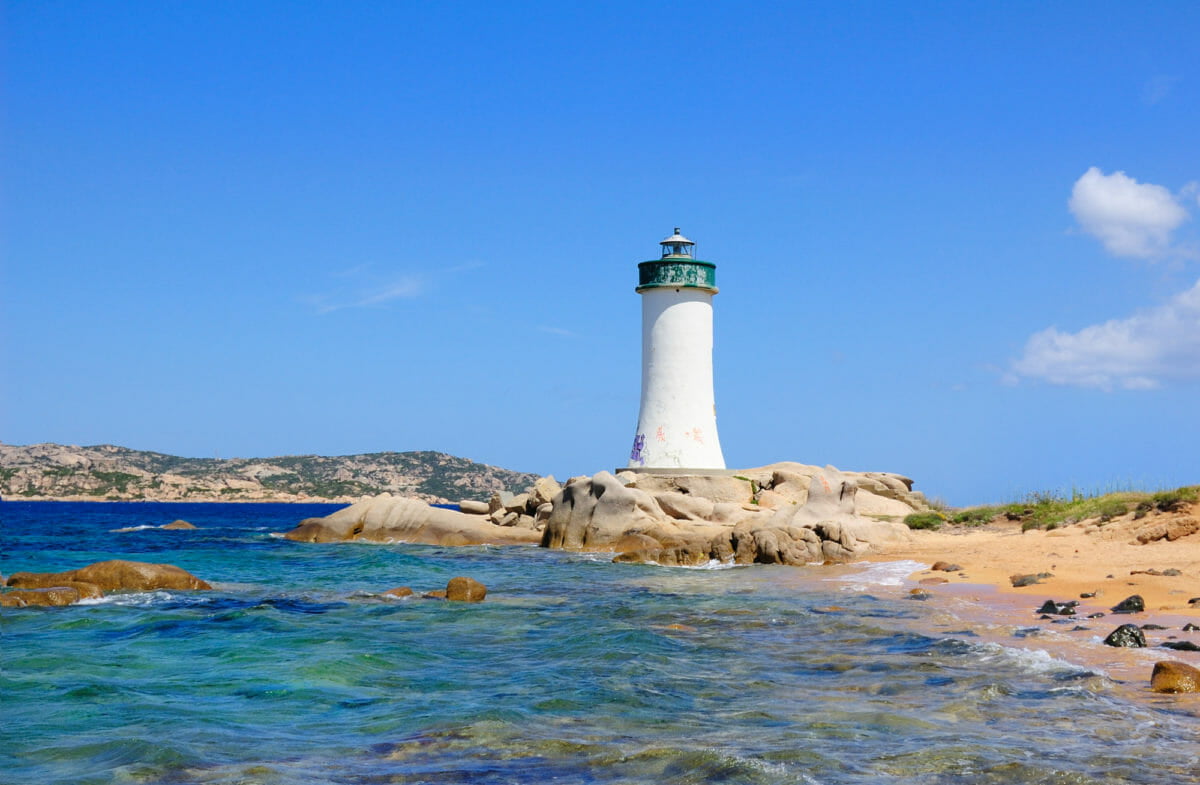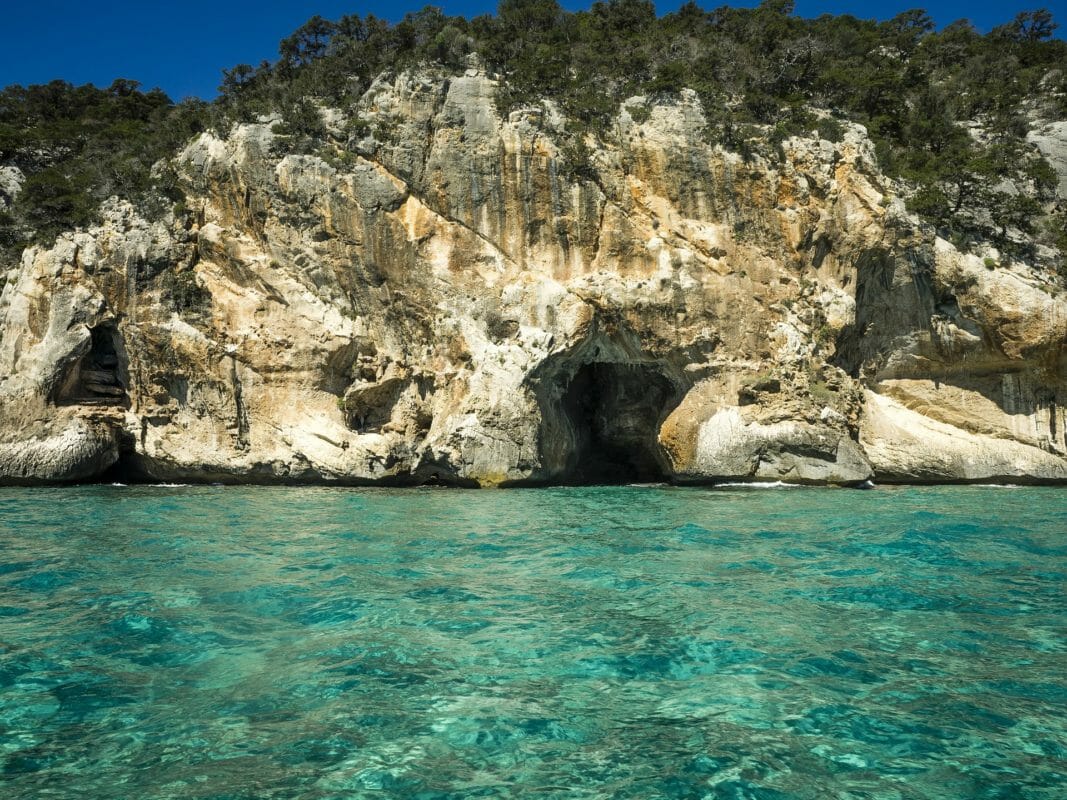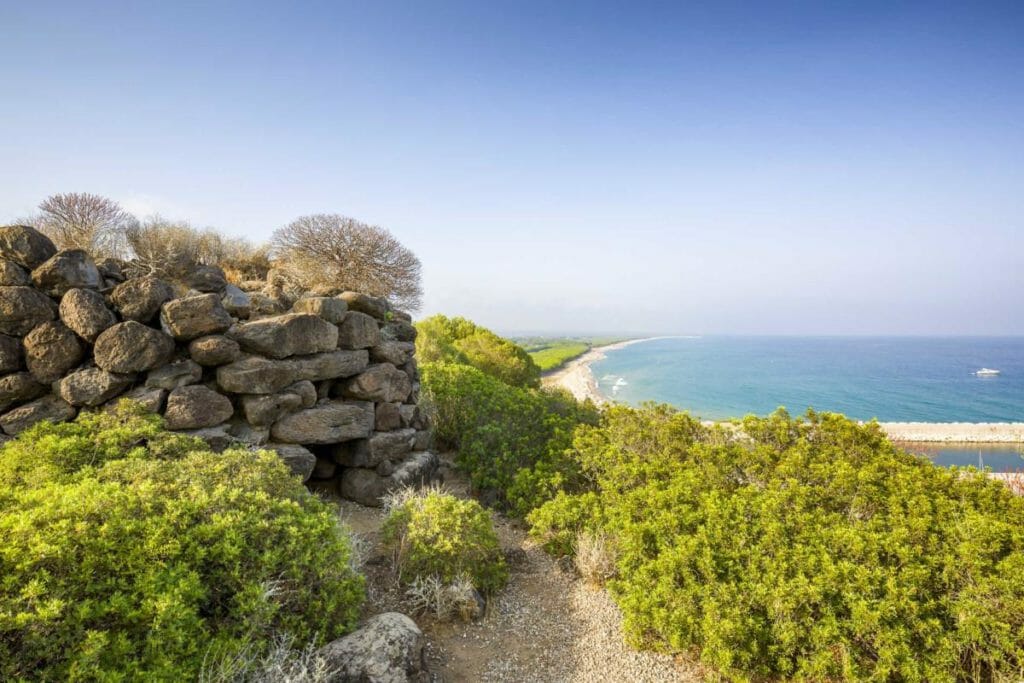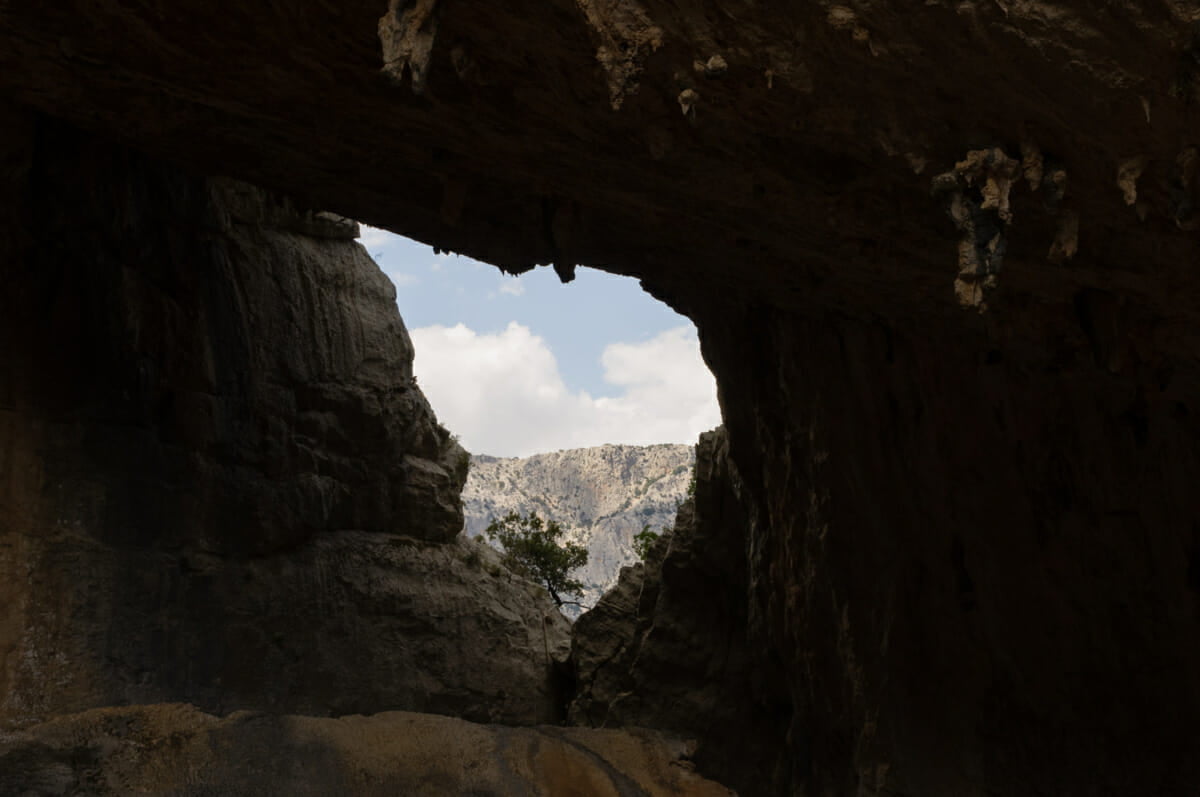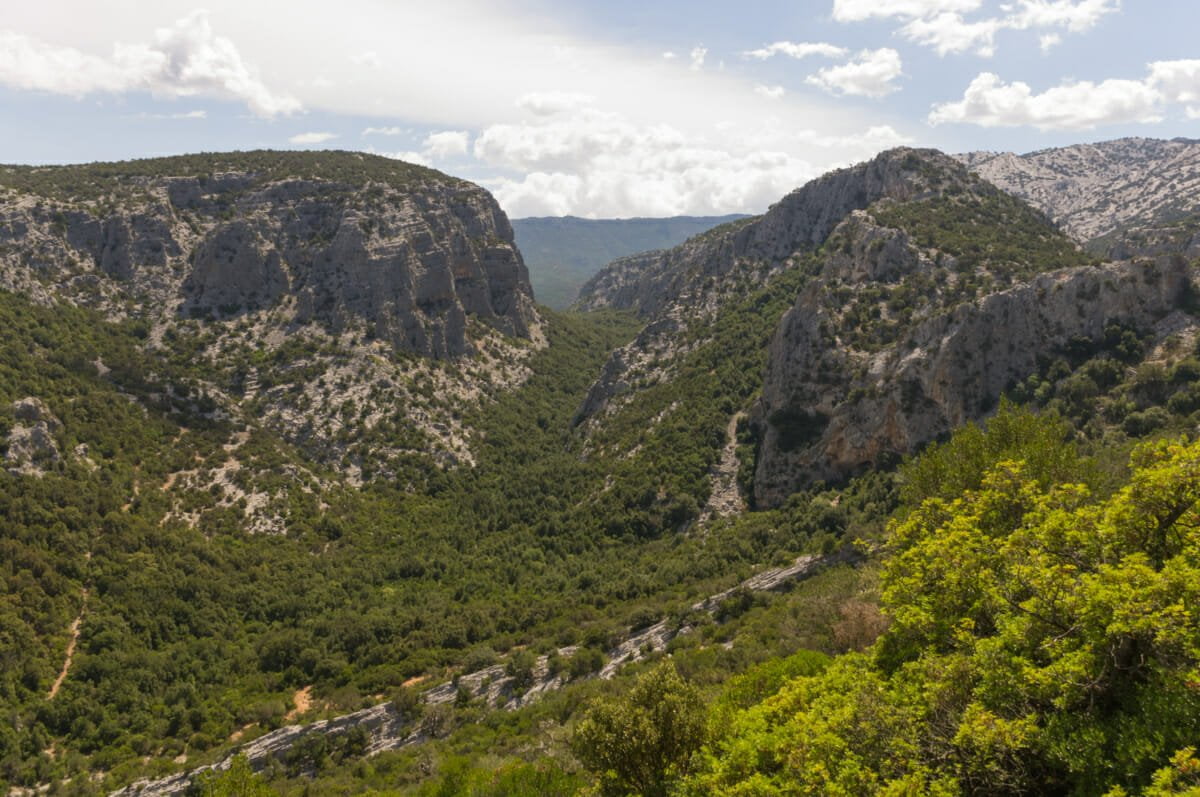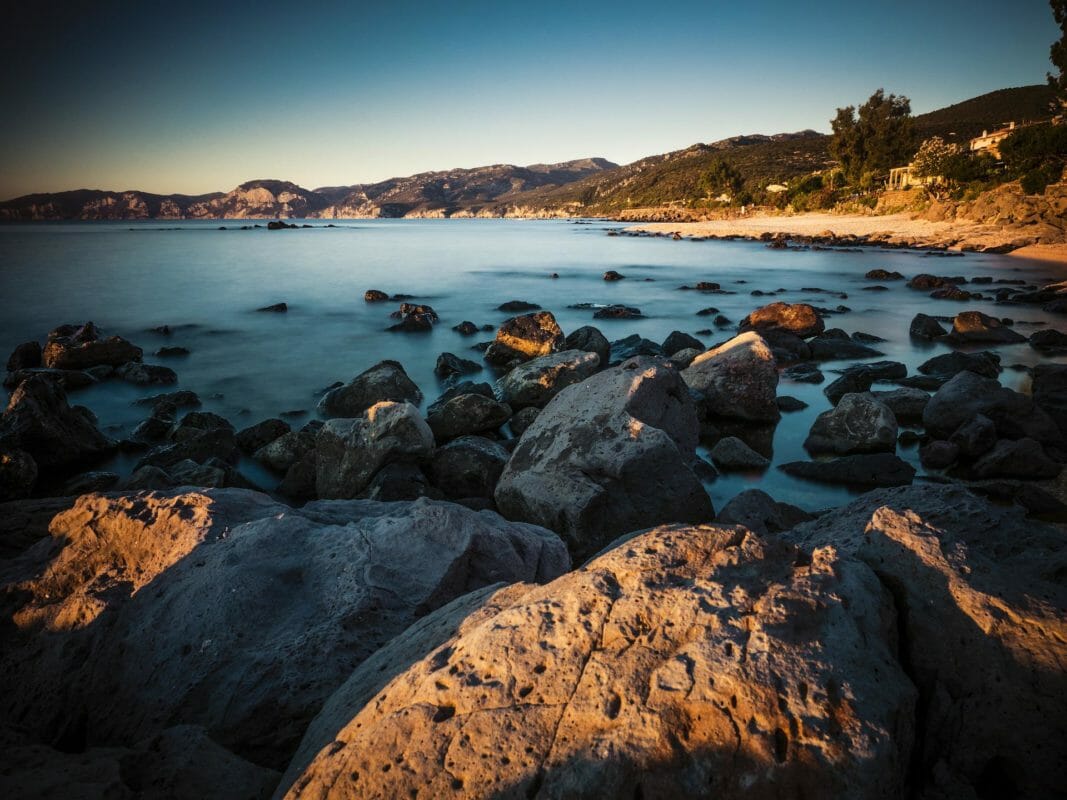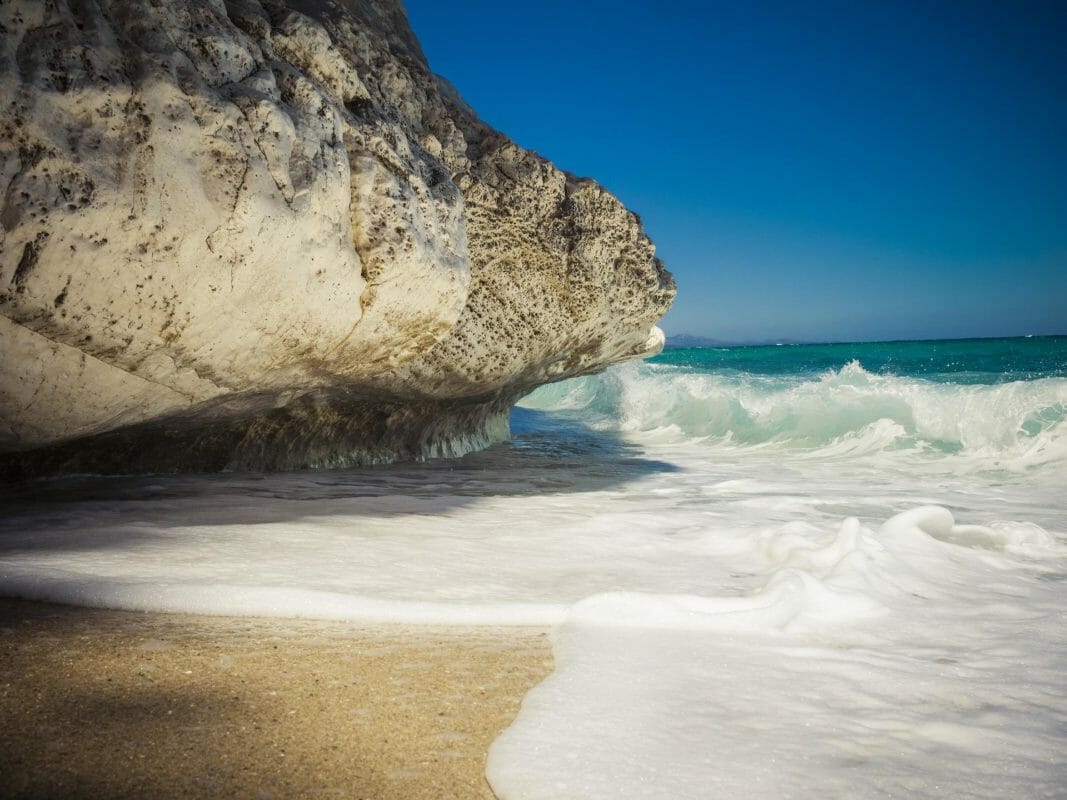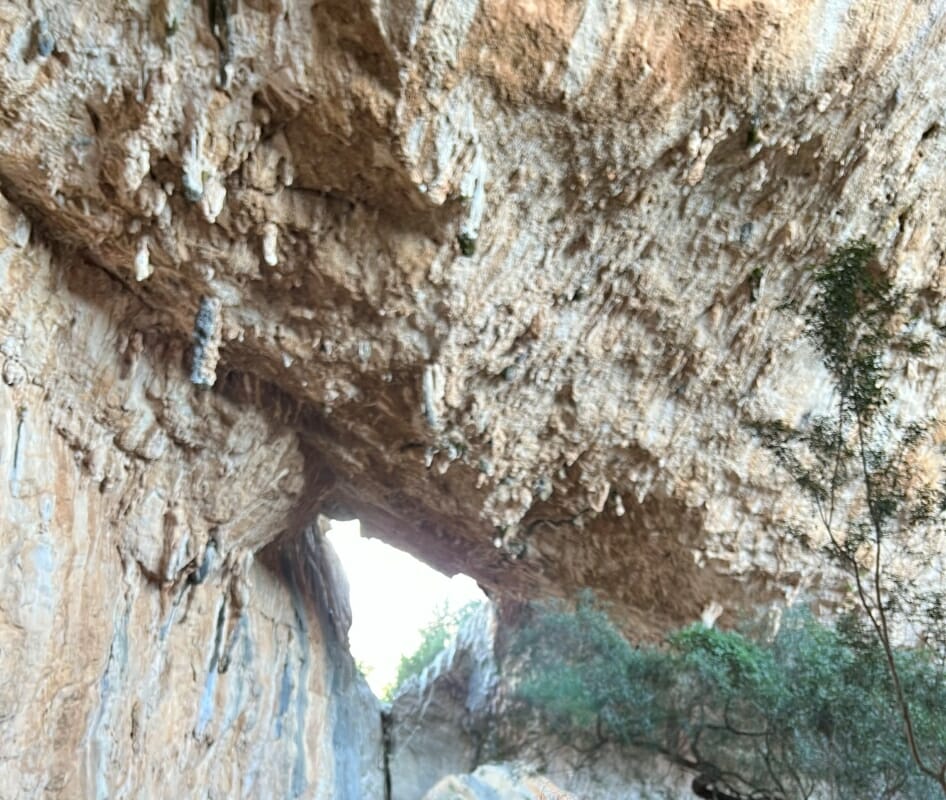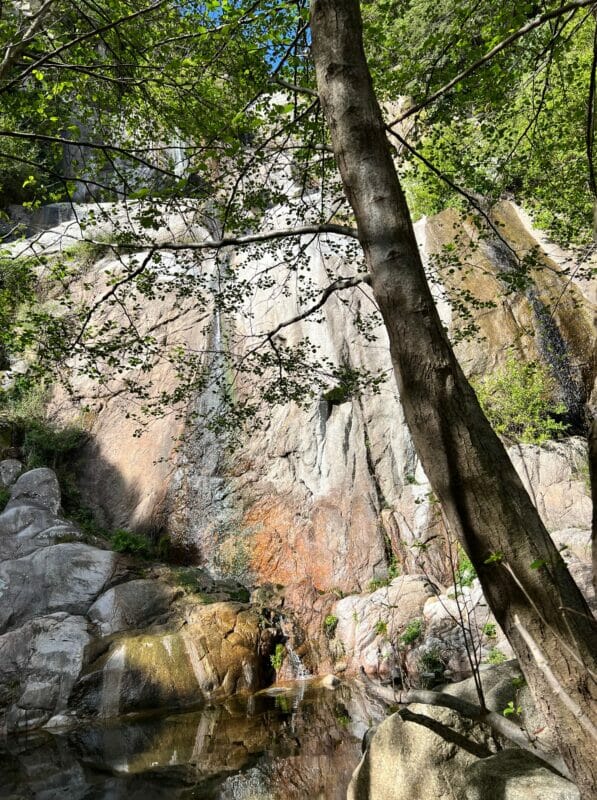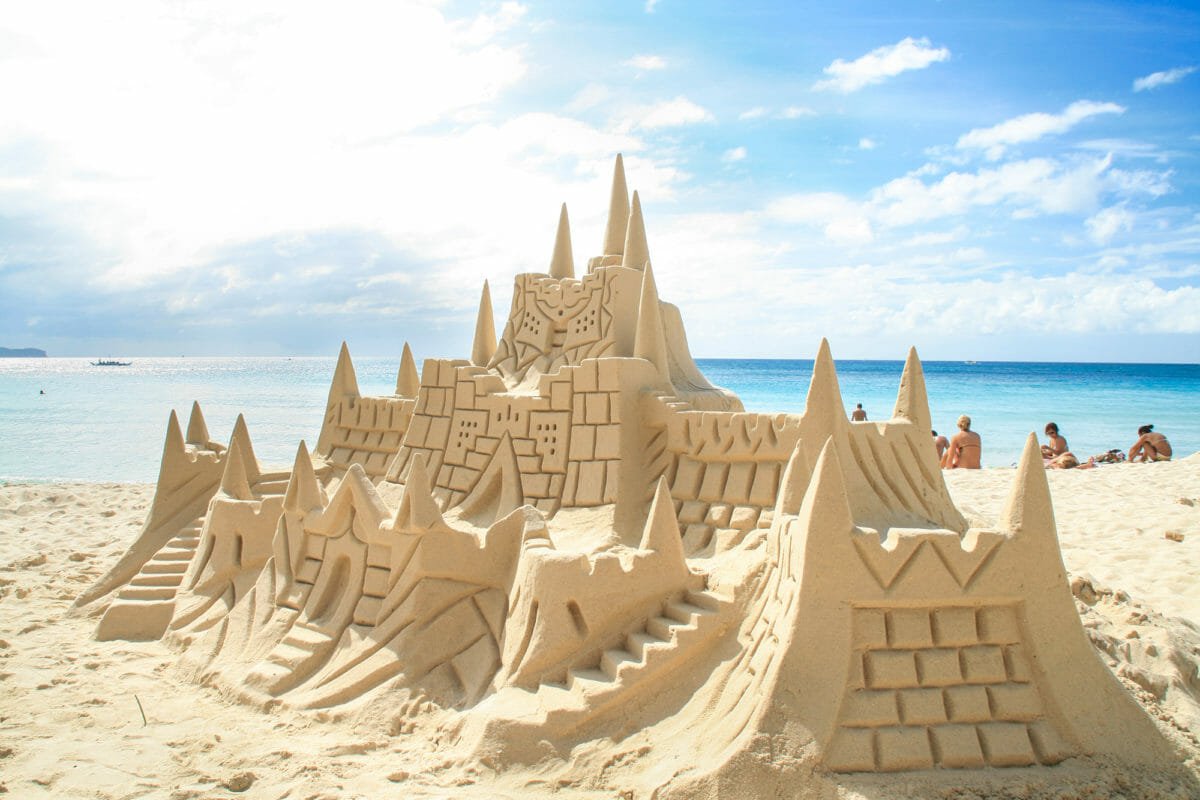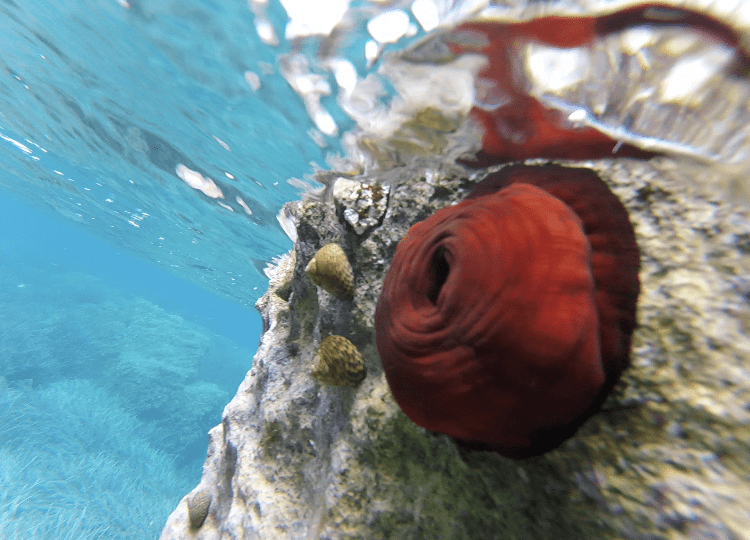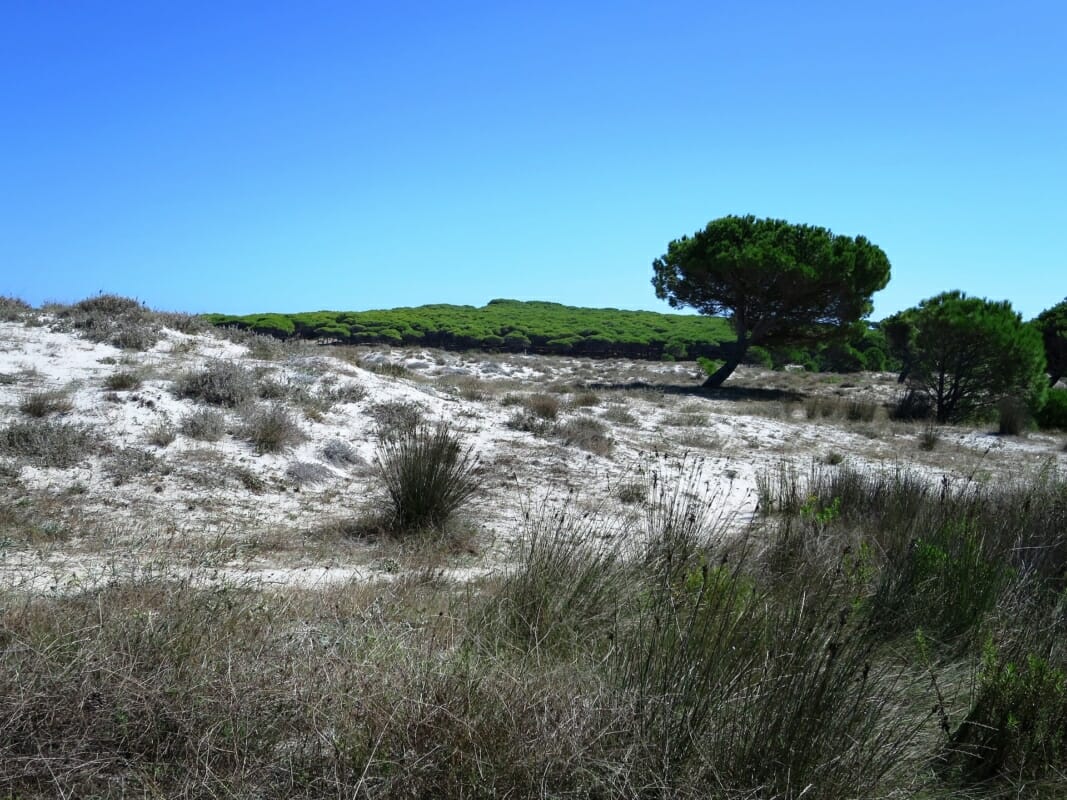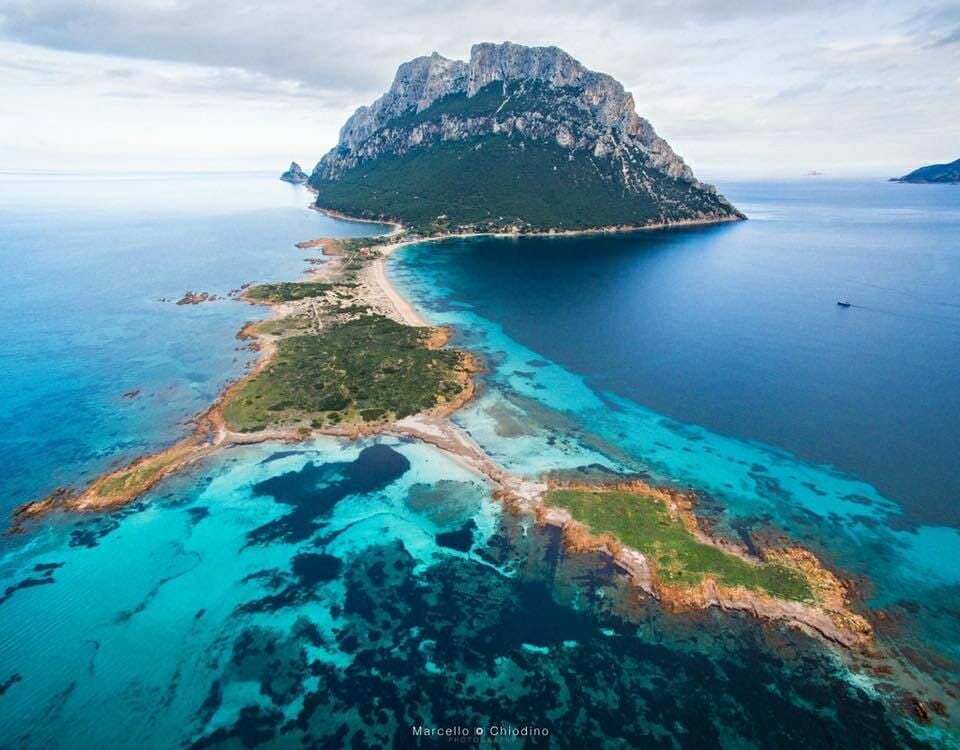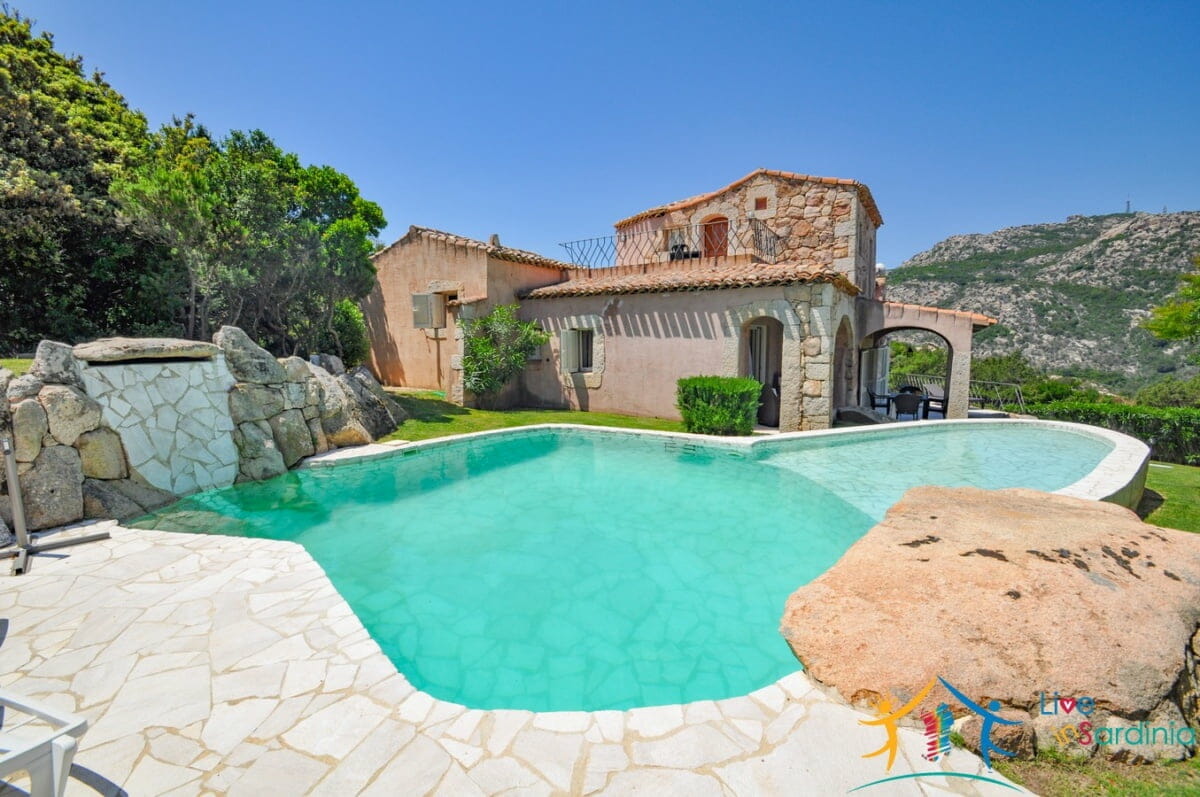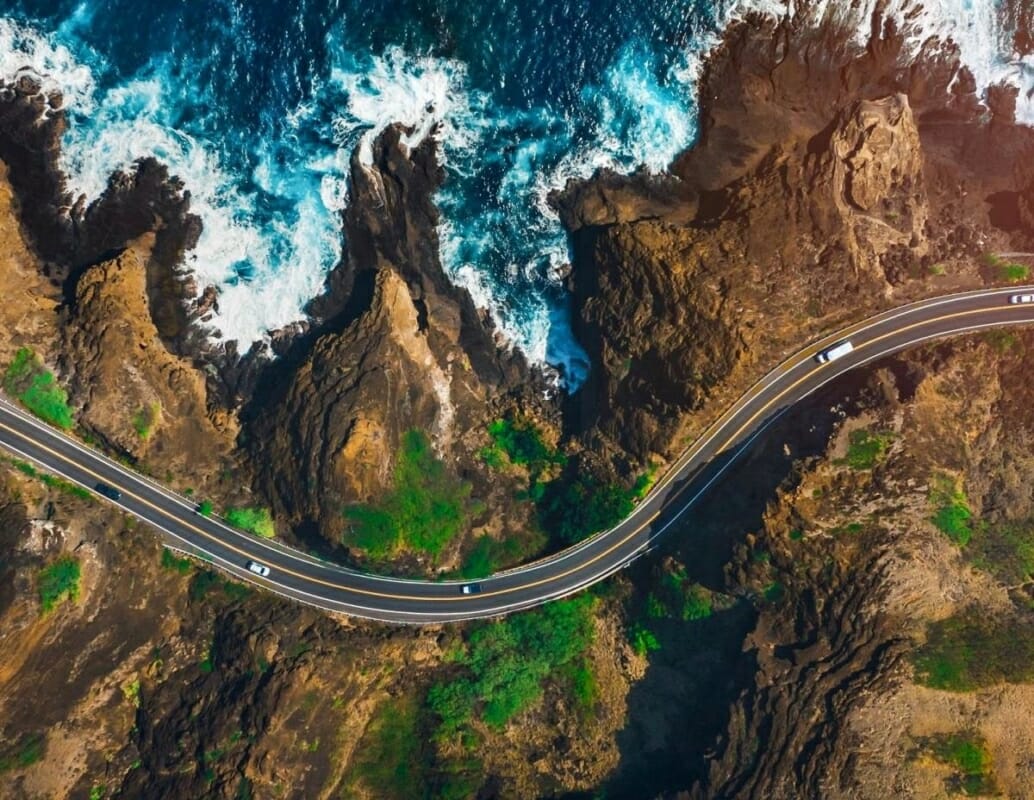Discovering Bear Rock: a path between history and legend
An iconic symbol of Gallura: the Bear Rock, also known as Capo d'Orso, is one of Sardinia's most famous natural monuments. Located in the territory of Palau, this striking granite formation dominates the landscape with its unmistakable silhouette that, from a certain angle, resembles the figure of a bear.
Map Sardinia
We discover some of the historical sub-regions in Sardinia, there are more than 35 in all, we see Gallura, Barbagia and Ogliastra. In many cases, these are areas that are close to each other but have developed different traditions, locutions and customs over time.
Each area is characterised by peculiarities that distinguish it, so let's take a look at the municipalities to which they belong and the attractions not to be missed. For simplicity in the guide and map below, some sub-regions have been grouped together to make an often-debated issue understandable
Sardinia Map: Gallura
Gallura is located in the north-east of Sardinia. It is a historical Sardinian sub-region because it was part of one of the four giudicati of Sardinia. Today Gallura is very famous and internationally known for the presence of the Costa Smeralda - with Porto Cervo and Baja Sardinia - but it is important to know that many more are its peculiarities and attractions.
In Gallura you speaks Gallurese - very similar to the Còrso dialect spoken in southern Corsica - which retains some inflections from Logudorese. The sub-region is famous for the presence of cork factories - in the area of Calangianus - that export the Sardinian cork.
Another peculiarity that makes Gallura famous is the granite that gives the area its particular conformation. In every corner of the sub-region one can admire, along with the rolling hills cradle of the Vermentino di Gallura DOCG, the famous Gallura rocks. The suggestive rocks of a thousand shapes can be admired, among others, in the Valle della Luna (Moon Valley) in Aggius and the Valle della Luna (Moon Valley) in Santa Teresa Gallura.
The municipalities that make up Gallura are: Aggius, Aglientu, Arzachena, Badesi, Bortigiadas, Calangianus, Golfo Aranci, La Maddalena, Loiri Porto San Paolo, Luogosanto, Luras, Olbia, Oschiri, Palau, San Teodoro, Sant'Antonio di Gallura, Santa Teresa Gallura, Telti, Tempio Pausania, Trinità d'Agultu e Vignola, Viddalba
Attractions not to be missed in Gallura are:
La Maddalena Archipelago National Park
Millenary Olive Trees of Luras
Marine Protected Area Tavolara Punta Coda Cavallo
The sequoias of Mount Limbara
Capo Figari and Golfo Aranci
Where Gallura is located
Gallura is located in the north-east of Sardinia. It is a historical Sardinian sub-region because it was part of one of the four giudicati of Sardinia. Today Gallura is very famous and internationally known for the presence of the Costa Smeralda - with Porto Cervo and Baja Sardinia - but it is important to know that many more are its peculiarities and attractions.
The municipalities that make up Gallura are: Aggius, Aglientu, Arzachena, Badesi, Bortigiadas, Calangianus, Golfo Aranci, La Maddalena, Loiri Porto San Paolo, Luogosanto, Luras, Olbia, Oschiri, Palau, San Teodoro, Sant'Antonio di Gallura, Santa Teresa Gallura, Telti, Tempio Pausania, Trinità d'Agultu e Vignola, Viddalba
Gallura Photos
Curiosities about Gallura
In Gallura and Alta Gallura speaks Gallurese - very similar to the Còrso dialect spoken in southern Corsica - which retains some inflections from Logudorese. The sub-region is famous for the presence of cork factories - in the area of Calangianus - that export the Sardinian cork.
Another peculiarity that makes Gallura famous is the granite that gives the area its particular conformation. In every corner of the sub-region one can admire, along with the rolling hills cradle of the Vermentino di Gallura DOCG, the famous Gallura rocks. The suggestive rocks of a thousand shapes can be admired, among others, in the Valle della Luna (Moon Valley) in Aggius and the Valle della Luna (Moon Valley) in Santa Teresa Gallura.
Don't miss: what to see in Gallura
Attractions not to be missed in Gallura are:
La Maddalena Archipelago National Park
Millenary Olive Trees of Luras
Marine Protected Area Tavolara Punta Coda Cavallo
The city of Olbia and Tempio Pausania
Map Sardinia: Barbagia
Where Barbagia is located
Barbagia is located in central Sardinia, roughly in the Nuoro area. There are several subdivisions of Barbagia: Barbagia di Belvì, Barbagia di Nuoro e Bitti, Barbagia di Ollolai and Barbagia di Seulo.
The municipalities that are part of the Barbagia subdivisions are: Aritzo, Belvì, Gadoni, Meana Sardo. Bitti, Dorgali, Lula, Nuoro, Onanì, Oniferi, Orani, Orotelli, Orune, Osidda, Ottana, Sarule. Austis, Fonni, Gavoi, Lodine, Mamoiada, Oliena, Ollolai, Olzai, Orgosolo, Ovodda, Teti, Tiana. Seulo, Seui, Sadali, Esterzili, Ussassai (bordering on
Barbagia Photos
Curiosities about Barbagia
Barbagia boasts a vast and varied territory, the area is characterised by the Gennargentu mountain massifvalleys and the enchanting sea of the coast in the area of Cala Gonone.
Barbagian culture has ancient roots and is today recalled in the traditional festivals and popular fairs that are held every year in the villages of Barbagia. One of the most famous is certainly the 'Autumn in Barbagia"held every year between September and December. During the Autunno in Barbagia event, 'Cortes Apertas' with events, performances and shows in the streets are held in turn in a number of towns in the area.
A truly heartfelt festival that has great appeal every year is held in Mamoiada with the lighting of the fires of Saint Anthony. Mamoiada is internationally known for Mamuthones and Issohadoreswhich are not only masks but also real icons. The first annual release of the masks takes place on 17 January on the feast of Sant'Antonio Abate, which also marks the official start of the Barbagia carnival. A festival not to be missed for those who wish to fully immerse themselves in the true traditions of Sardinia.
Don't miss: what to see in Barbagia
The must-see attractions in Barbagia are:
Exit of Mamuthones and the Issohadores
Tiscali, Nuragic Village in the Heart of Ancient Sardinia
The villages of Orgosolo, Oliena and Mamoiada
Nuoro and the museum of Grazia Deledda
The Nuragic Sanctuary of Gremanu and Foresta Montes
Sardinia Map: Ogliastra
Where Ogliastra is located
The historical-geographical region of Ogliastra is characterised by crystal-clear beaches, wild landscapes and imposing nature; it is located in the central-eastern part of Sardinia.
The municipalities that are part of Ogliastra are: Arzana, Barisardo, Baunei, Cardedu, Elini, Gairo, Girasole, Ilbono, Jerzu, Lanusei, Loceri, Lotzorai, Osini, Perdasdefogu, Seui, Talana, Tertenia, Triei, Tortolì (Arbatax), Urzulei, Ulassai, Ussassai and Villagrande Strisaili.
Photos of Ogliastra
Curiosities about Ogliastra
Among the most striking beaches to visit in Ogliastra are some that can be reached by sea and others that can only be admired with a few hours of walking and trekking. Among the most famous beaches are certainly Cala Luna, Cala Sisine, Cala Mariolu and Cala Goloritzé.
The plateaus overlooking the coast of Ogliastra are known as the Supramonte of Urzulei and Baunei and are dotted with itineraries for trekking, mountain biking and climbing.
Among the places from which truly impressive trekking routes start is "the Golgo plateau"in Baunei. A place of rare beauty and charm. The area is famous for an extraordinary chasm called "Su Sterru"which is among the deepest in Europe.
Along the rugged coastline of Ogliastra is also one of the most famous treks in Europe, the coveted Wild Blue.
What not to miss: what to see in Ogliastra
Attractions not to be missed in Ogliastra are:
The heels of Ogliastra
Cala Moon and its caves
The Sothai waterfall at Villagrande Strisaili
Baunei and the Golgo Plateau
Map of Sardinia: all sub-regions
Here is the list of the sub-regions, in alphabetical order: Anglona, Barbagia di Belvi, Barbagia di Nuoro and di Bitti, Barbagia di Ollolai, Barbagia di Seùlo, Barigadu, Le Baronìe, Campidano di Cagliari, Campidano di Oristano, Gallura, Goceano, Logudoro Mandrolisai also known as Barbagia di Mandrolisai, Marghine Marmilla, Logudoro Meilogu, Monreale or Campidano di Sanluri, Logudoro Montacuto, Montiferru, Nurra, Ogliastra, Parteòlla, Planargia, Quirra, Romangia, Sarcidano, Sarrabus and Gerrei, Logudoro Turritano or Sassarese, Sulcis and Iglesiente, Trexenta.
How useful was this post?
Click on a star to rate it!
Average rating 4.6 / 5. Vote count: 38
No votes so far! Be the first to rate this post.



